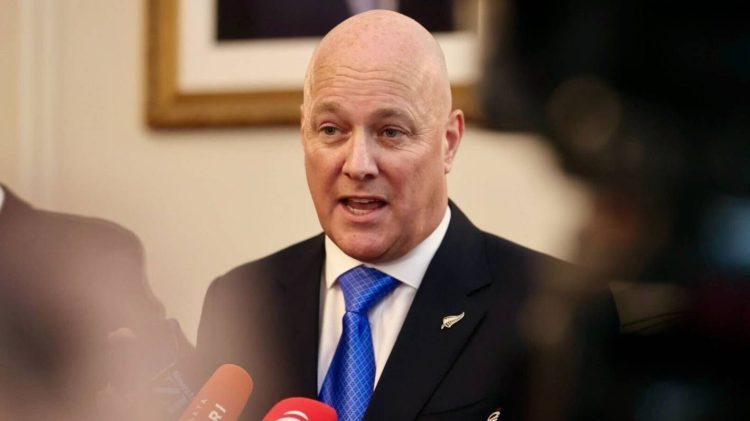Si Christopher Luxon, ang bagong punong ministro, ay nangako na bawasan ang bilang ng mga empleyado ng serbisyong pampubliko at i-redirect ang mga mapagkukunan ng estado patungo sa mga layunin ng gobyerno. Nilalayon niyang tugunan ang mataas na gastos ng pamumuhay, ibalik ang batas at kaayusan, at bawasan ang 6.5% ng mga gastos sa pampublikong serbisyo.
Sa kabila ng pagkakaroon ng kabuuang 30 mga ministro at undersekretarya, pinipilit ni Luxon ang kanyang pamahalaan ay hindi sobrang malaki. Itinuro niya na ang kanyang nauna, si Jacinda Ardern, ay may parehong bilang ng mga ministro noong 2017. Gayunpaman, ang kanyang gobyerno ay may tatlong higit pang mga ministro sa labas ng Gabinete kaysa sa pangangasiwa ni John Key noong 2014.
Si Luxon at ang kanyang mga ministro ay opisyal na sumpa sa isang seremonya sa Wellington, na nangako ang kanilang katapatan kay Haring Charles. Ang Gobernador-Heneral, si Dame Cindy Kiro, ay pormal na hinirang si Luxon bilang Punong Ministro. Sisimulan ng bagong Gabinete ang mga pagpupulong nito sa linggong ito, na may nagpaplano ng Luxon na tapusin ang plano ng gobyerno para sa unang 100 araw nito sa opisina.
Si Winston Peters, na magsisilbing representante ni Luxon para sa susunod na 18 buwan bago ibigay sa pinuno ng ACT Party na si David Seymour, pinuna ang mga reporter ng TVNZ at RNZ para sa pinaghintay na pamamahayag. Tinukoy niya ang Public Interest Journalism Fund ng gobyerno, na itinatag noong 2020 upang suportahan ang media ng balita sa panahon ng pagbagsak ng Covid-19, bilang isang “sulobos.”
Nangako din ni Peters na ang kanyang kontrobersyal na agenda sa patakaran, na kinabibilangan ng pagbabago ng mga pangalan ng mga kagawaran ng gobyerno mula sa te reo Māori patungo sa Ingles, ay mapapabuti ang mga relasyon sa lahi Gayunpaman, hindi ni Peters, Luxon, o Seymour ang maaaring magbigay ng mga detalye tungkol sa kung kailan magsisimula ang mga pagbabago sa pangalan, kung gaano katagal ang aabutin nila, o kung magkano ang magkakahalaga ng mga ito. Sinabi ni Luxon na ang lahat ng hindi Māori na nakaharap sa mga ahensya ng gobyerno ay magbabago ng kanilang mga pangalan sa Ingles.





























































